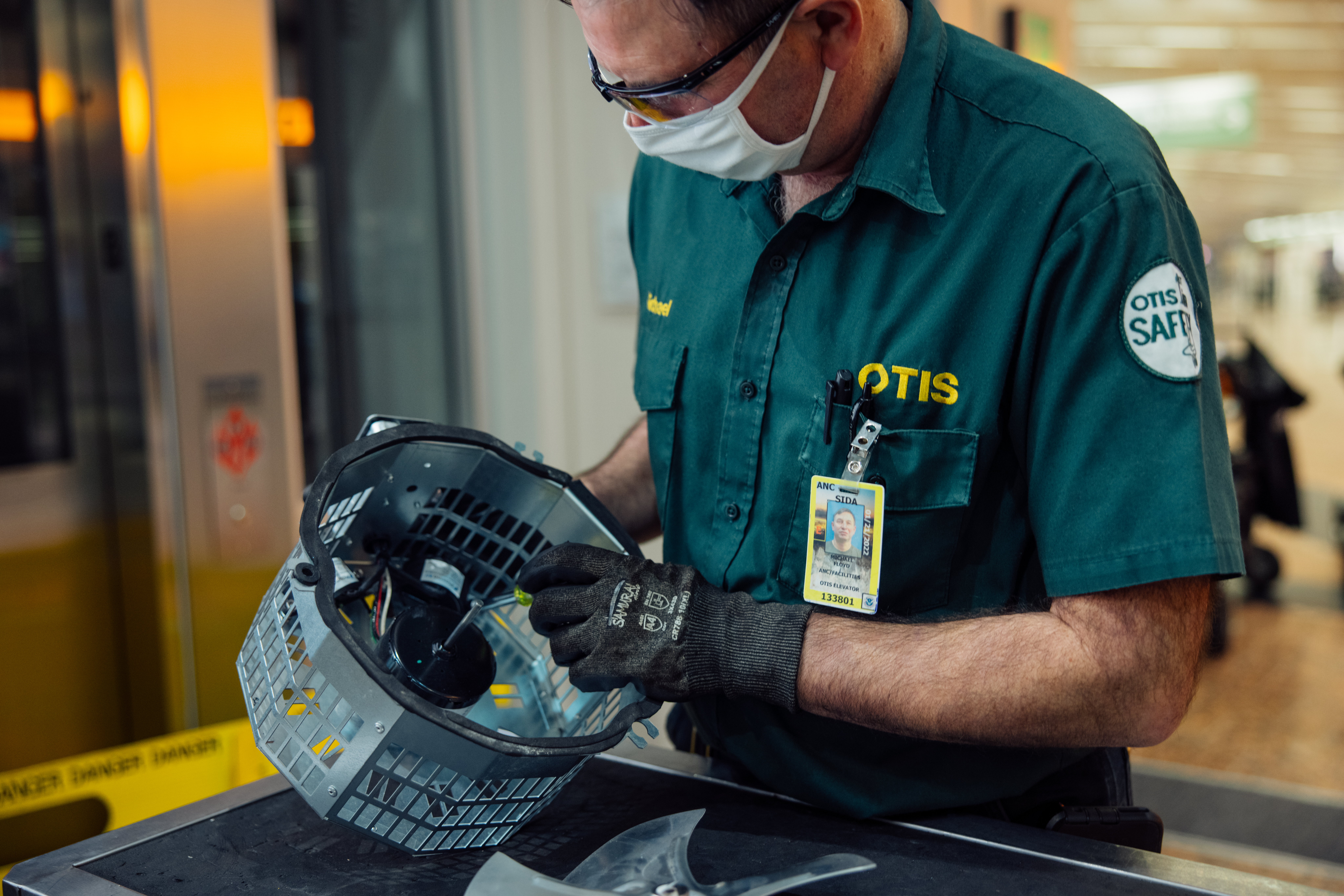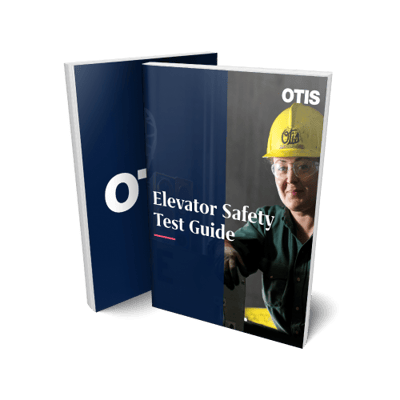Tips for properly cleaning your elevators
Tips for properly cleaning your elevator
1. Elevator finishes and maintenance
Elevator cab entrances and fixtures are finished in a wide variety of designs and materials that are selected not only for their attractive appearance, but also for their easy maintenance.
Finishes must receive proper upkeep to retain their appearance, stand up under the heavy wear inflicted by the riding public, and provide the aesthetic expected by passengers.
2. Stainless steel care and maintenance
The stainless steel-coated cab panels and its mirror finish contribute to the elevator's elegance and refinement. This finish, however, demands constant attention and care. The key to effective cleaning and maintenance is to use the right materials and processes, as well as to apply them with care.
The best methods for protecting stainless steel include:
- CLEANING
Dust frequently and wash with mild soap and warm water. Blemishes caused by oil, tar, or grime can be removed with a cleaner, using a soft cloth to avoid scratches. - POLISHING
Buff using a soft, clean cloth with a vertical movement only, not circular. - SCRATCH REMOVAL
Scratches should be removed by professionals only. - ON-SITE PROTECTION: WAXING AND OILING
On non-lacquered, stainless-steel finishes, a light coat of silicone or furniture wax may be used to prevent fingerprints.
3. Importance of elevator cleaning orientation
Pay attention to the direction when cleaning your elevator. Never move circularly or horizontally; always move from the top down.
Many elevator car panels are manufactured with a vertical finish pattern. Stainless steel should be cleaned in the same direction as the original sanding to avoid undesirable stains and scratches.
4. Wall fabric cleaning
Weekly cleaning of wall fabric with a soft cloth, and periodic cleaning with warm water and a mild soap is usually sufficient to remove superficial dust and dirt. For stubborn areas, such as fingerprints, smudges, etc., the use of a soft bristle brush is recommended.
Most liquid cleaners and detergents available on the market today, when used according to their labels, are safe and effective. However, rinsing with a clean, damp cloth is recommended to ensure no residue remains in the fabric. Since abrasive cleaners could mark or dull fabrics, these should not be used. Use of a flammable cleaner may void the flame tests required for A17.1 code compliance.
5. Read the product label
There are a variety of cleaning products on the market. For the best outcome, you must use the correct cleaning chemicals for the surface you need to clean. Read the label to understand whether it is optimal for the surface in question. Finally, always remember to keep your hands and eyes protected when using cleaning chemicals.
A clean elevator is usually a sign of an elevator taken care of. While the external parts of the elevator are the way in which the users can see how the equipment is cleaned and checked, maintenance goes way beyond.
For maintenance issues, our team at Otis is committed to providing the best possible service and maintenance procedures, with highly trained technicians, technological tools and strict protocols. We have always kept safety as one of our top priorities, whether it’s for our users, owners or employee
If you want to be prepared for your next elevator safety test, we invite you to download our latest eBook: Elevator Safety Test Guide.





